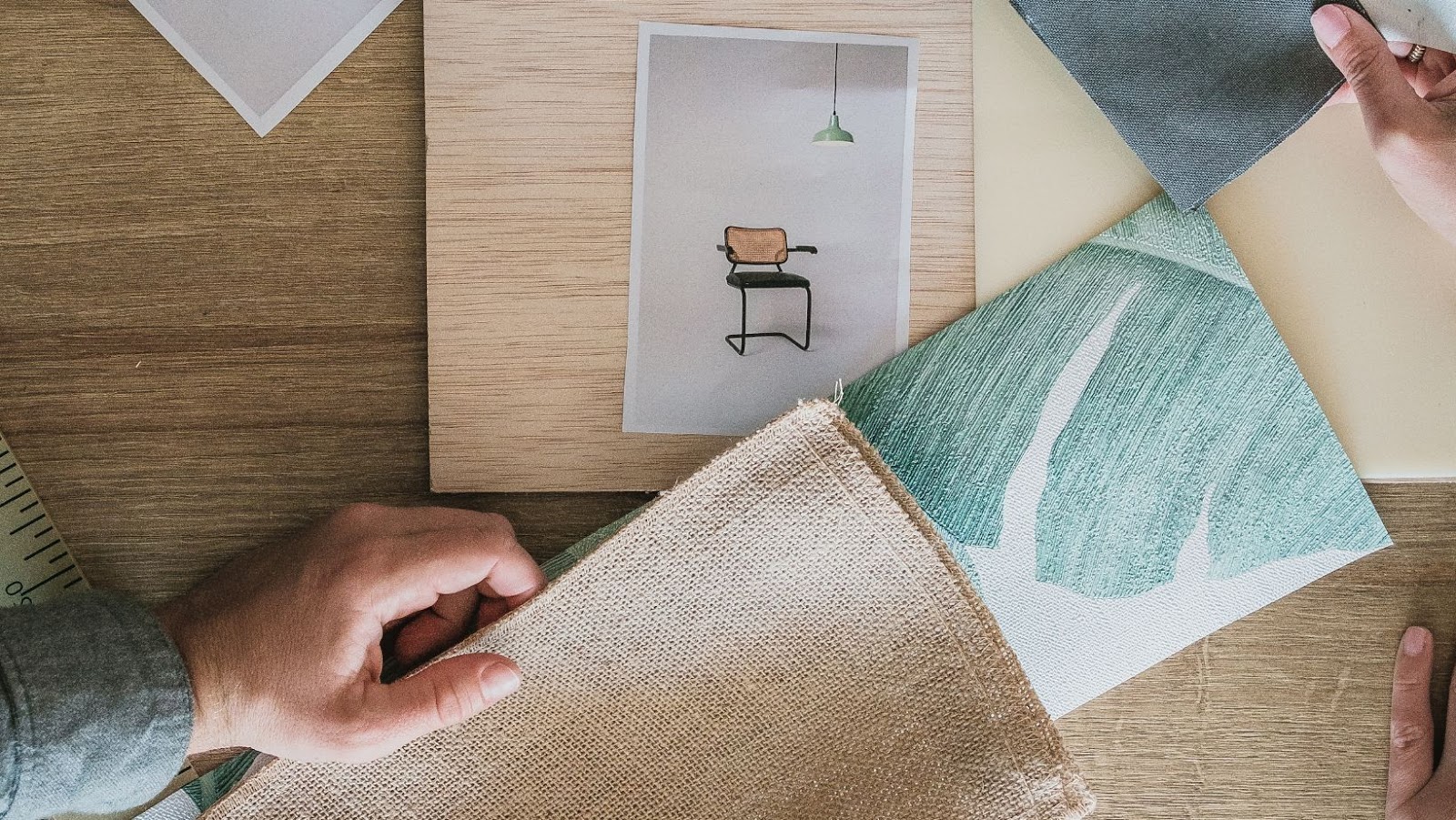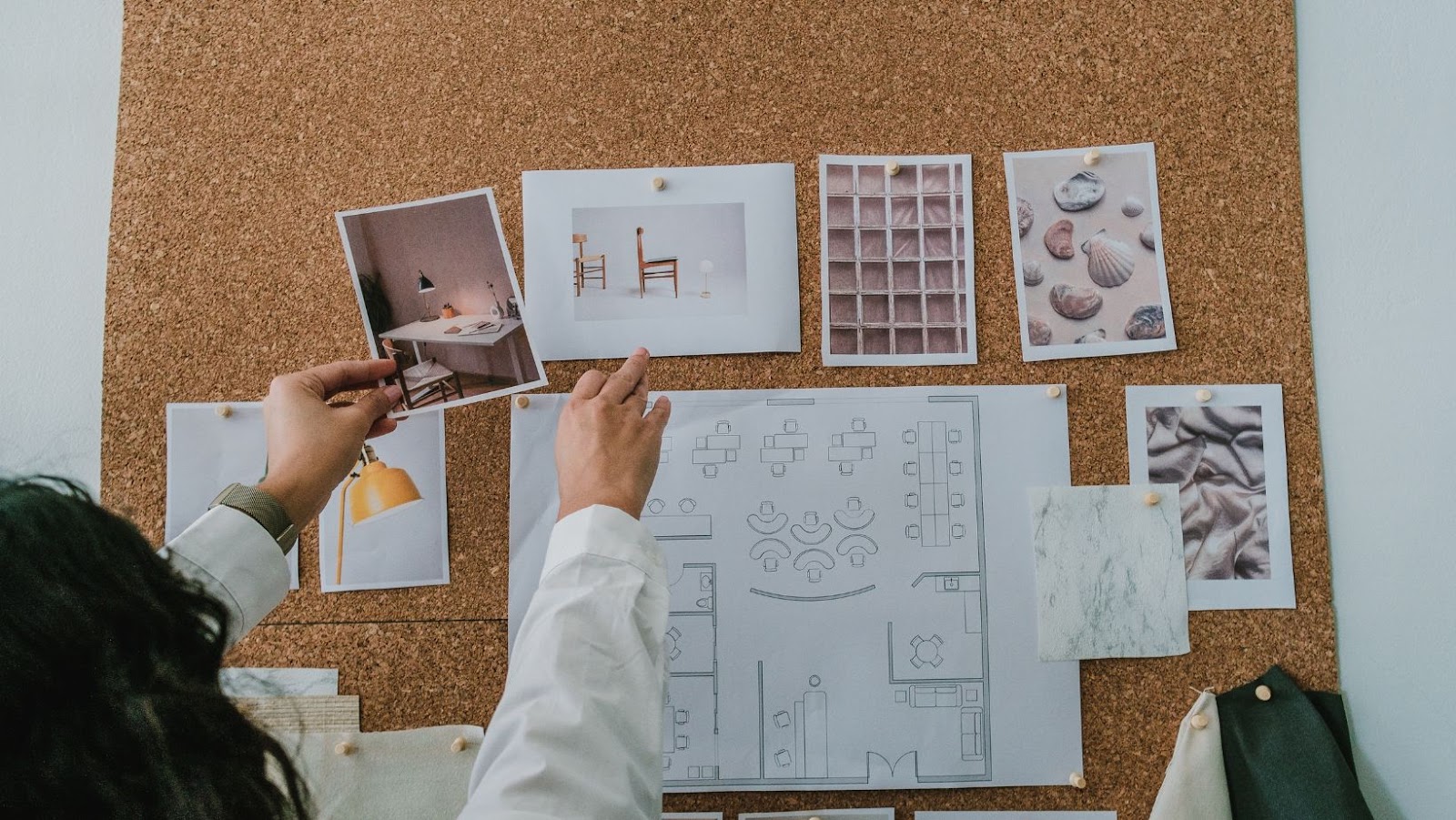A home design board is a curated collection of images, materials, and color swatches that visually represent the desired look and feel of an interior space. It acts as a tangible mood board, guiding the design process by combining various elements such as furniture, fabrics, and accessories. By organizing these components in a cohesive manner, the board helps in aligning the vision of both designers and homeowners. It facilitates decision-making by providing a clear visual layout, simplifying complex design concepts into manageable parts. Design boards support systematic experimentation, allowing adjustments in style and configuration before applying changes in the actual space. They are tools for creativity and precision, offering a blueprint for transforming interior aspirations into reality.
A home design board offers numerous advantages by serving as a strategic tool in the design process. It assists in visualizing potential outcomes, coordinating design elements, and boosting creativity.
Home design boards allow individuals to see a comprehensive view of their interior space. They compile various design elements, such as color swatches and furniture pieces, into a unified representation. This visual aid clarifies how each component interacts within the room, enabling users to make informed design choices.
By displaying elements side by side, home design boards ensure a harmonious integration of diverse design aspects. Fabrics, textures, and accessories can be compared and coordinated effectively. This approach reduces the risk of clashing styles and enhances the overall aesthetic consistency.
Design boards provide a creative playground for experimenting with new ideas. Users can mix and match various styles without constraints, fostering innovative solutions. This encourages unique and personalized design outcomes that reflect individual tastes and preferences.
 Popular Types Of Home Design Boards
Popular Types Of Home Design Boards
Home design boards come in digital and physical formats, each offering unique benefits for planning interior spaces. These tools transform abstract ideas into tangible designs.
Digital design boards provide a versatile platform for visualizing styles and layouts. Offered by software like Canva and Adobe Spark, they’re accessible and easily updated. Users can incorporate images, color swatches, and 3D models, accommodating dynamic experimentation. Screenshare capabilities facilitate collaborative projects, allowing multiple stakeholders to contribute without meeting in person. For environmentally-conscious users, digital boards eliminate paper waste, promoting sustainable practices.
Physical design boards offer a tactile experience, allowing designers to interact with real materials and samples. Often made using cork boards or foam boards, they’re perfect for pinning fabric swatches, paint chips, and photographs. This hands-on approach helps in gauging texture compatibility and color accuracy under different lighting conditions. While they’re less portable than digital options, physical boards provide an immediate, grounded sense of a design’s practicality. Designers and homeowners can walk through spaces, aligning the board’s materials with actual surroundings for better context.
 How To Create A Home Design Board
How To Create A Home Design Board
Creating a home design board involves several steps that help streamline the interior design process. By organizing ideas visually, the design becomes a clearer and more enjoyable endeavor.
Gathering inspiration is the first step in creating a home design board. Designers explore various sources such as magazines, online platforms like Pinterest, and design blogs. These resources offer a wide range of styles, trends, and color palettes. Compiling images that resonate with the desired aesthetic helps in defining a clear vision for the space.
Selecting the right platform is crucial for an effective design board. Digital platforms like Canva and Adobe Spark offer easy-to-use interfaces for creating detailed, shareable designs. These platforms accommodate multiple revisions and collaborative feedback. Physical boards provide a tactile experience with real-life texture and color assessments, benefiting those who prefer hands-on interaction.
Once inspiration is gathered and a platform selected, assembling the board begins. Designers arrange images, swatches, and material samples to form a cohesive layout. Attention to balance, symmetry, and color harmony ensures a visually appealing board. Experimenting with different configurations allows designers to find the perfect alignment of elements before implementation.